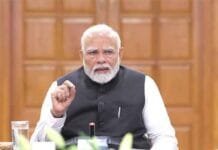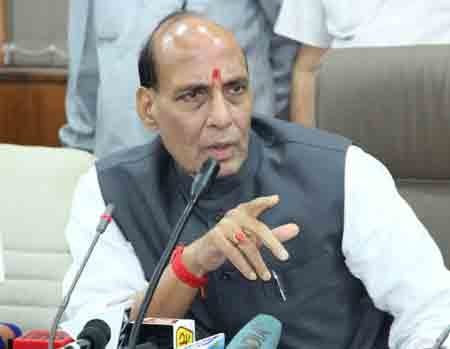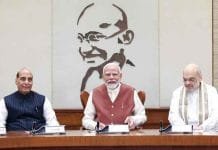New Delhi: In a major step toward achieving India’s clean energy goals, the Union Cabinet on Wednesday approved the ₹25,000 crore ‘Green Bharat Corridor’ project, aimed at transforming the country’s power transmission infrastructure and supporting the rapid expansion of renewable energy generation.
The corridor will span 24 states, enabling the interstate transfer of green electricity and integrating an additional 50 gigawatts (GW) of renewable capacity into the national grid by 2030. The initiative aligns with India’s broader energy transition and climate action agenda, which seeks to reduce dependency on fossil fuels and meet net-zero emissions targets by 2070.
“The Green Bharat Corridor is a vital investment in the nation’s sustainable future. It will ensure reliable, affordable, and clean power delivery across India,” a senior government official said following the Cabinet meeting chaired by Prime Minister Narendra Modi.
The project will focus on building high-voltage transmission lines, substations, and smart grid systems to connect major renewable energy zones — including solar parks in Rajasthan and Gujarat, and wind farms in Tamil Nadu and Karnataka — to high-demand industrial and urban centers.
According to the Ministry of Power, the scheme will be implemented in multiple phases, with initial funding of ₹16,000 crore coming from central government support and the remaining share through public-private partnerships (PPP) and multilateral financing.
Officials said the corridor will also help reduce transmission losses, strengthen grid stability, and accelerate the adoption of electric mobility and green hydrogen initiatives.
Industry analysts have welcomed the announcement, noting that the corridor could significantly improve investor confidence in the renewable sector and help India maintain its position as one of the world’s fastest-growing clean energy markets.
The Green Bharat Corridor complements ongoing projects under the National Green Energy Corridor (GEC) and will serve as a critical backbone for upcoming solar, wind, and hybrid power projects across the country.
















